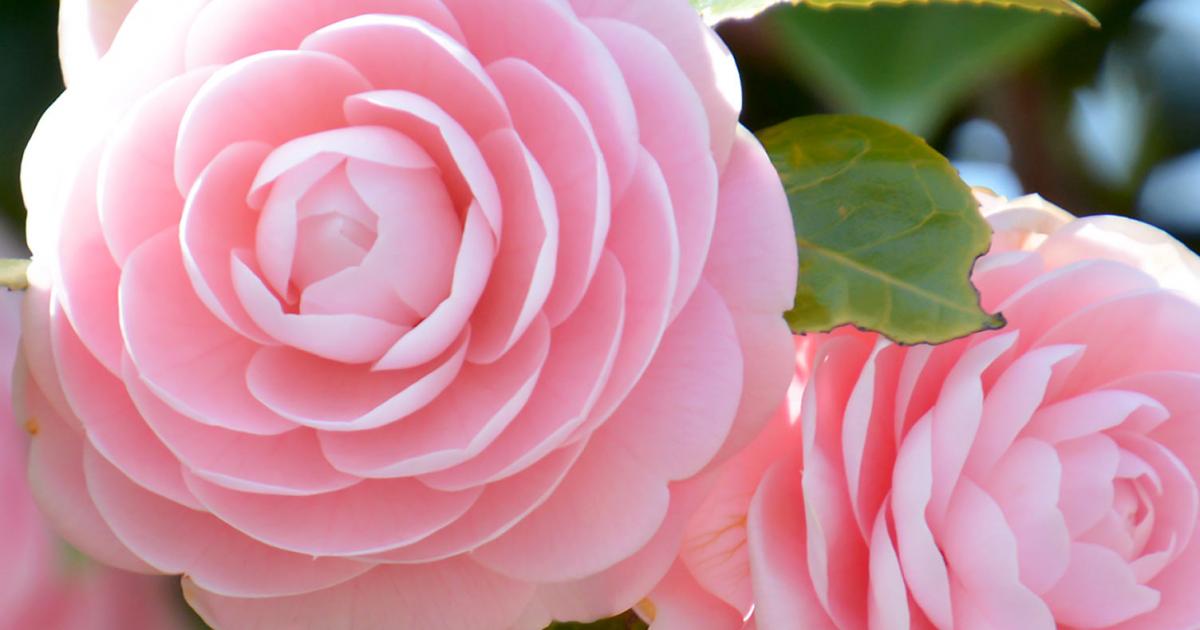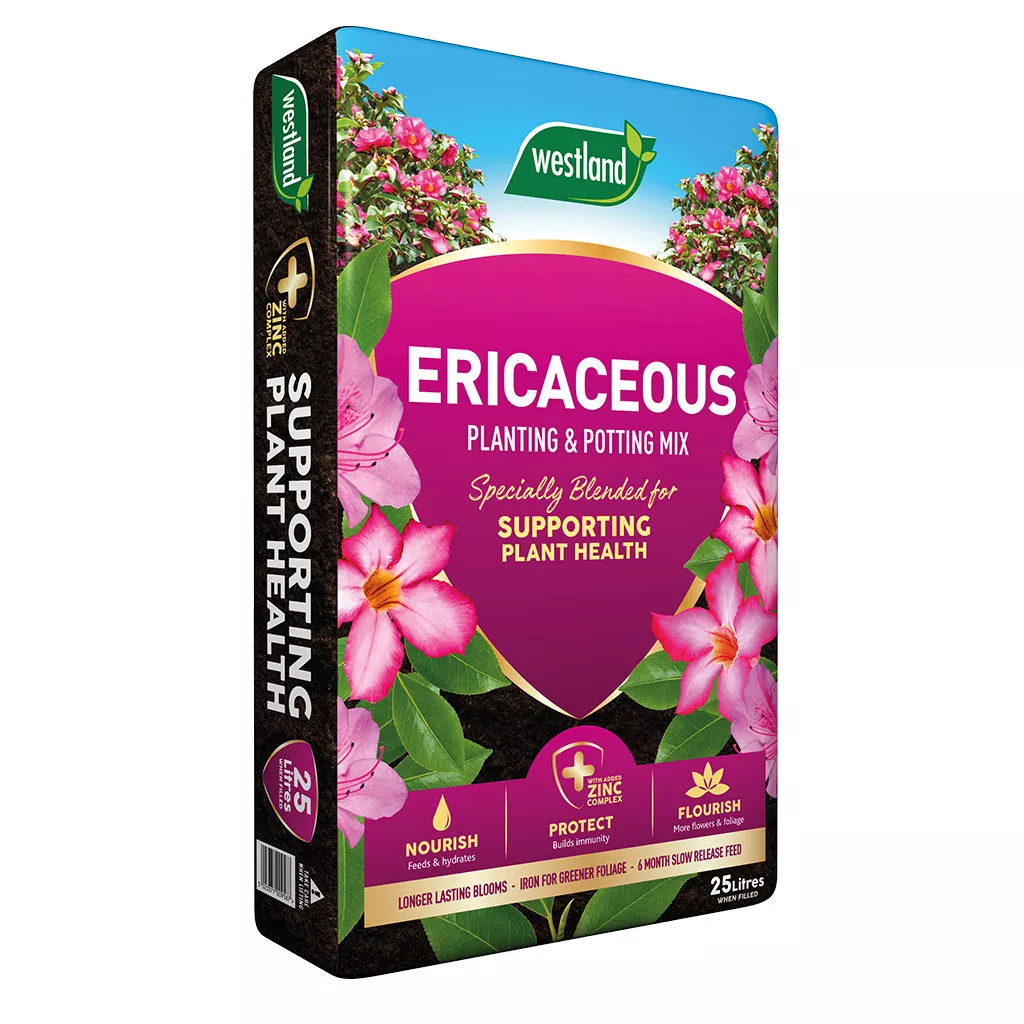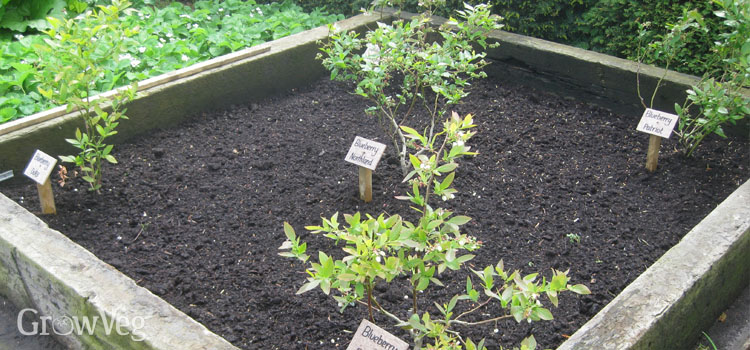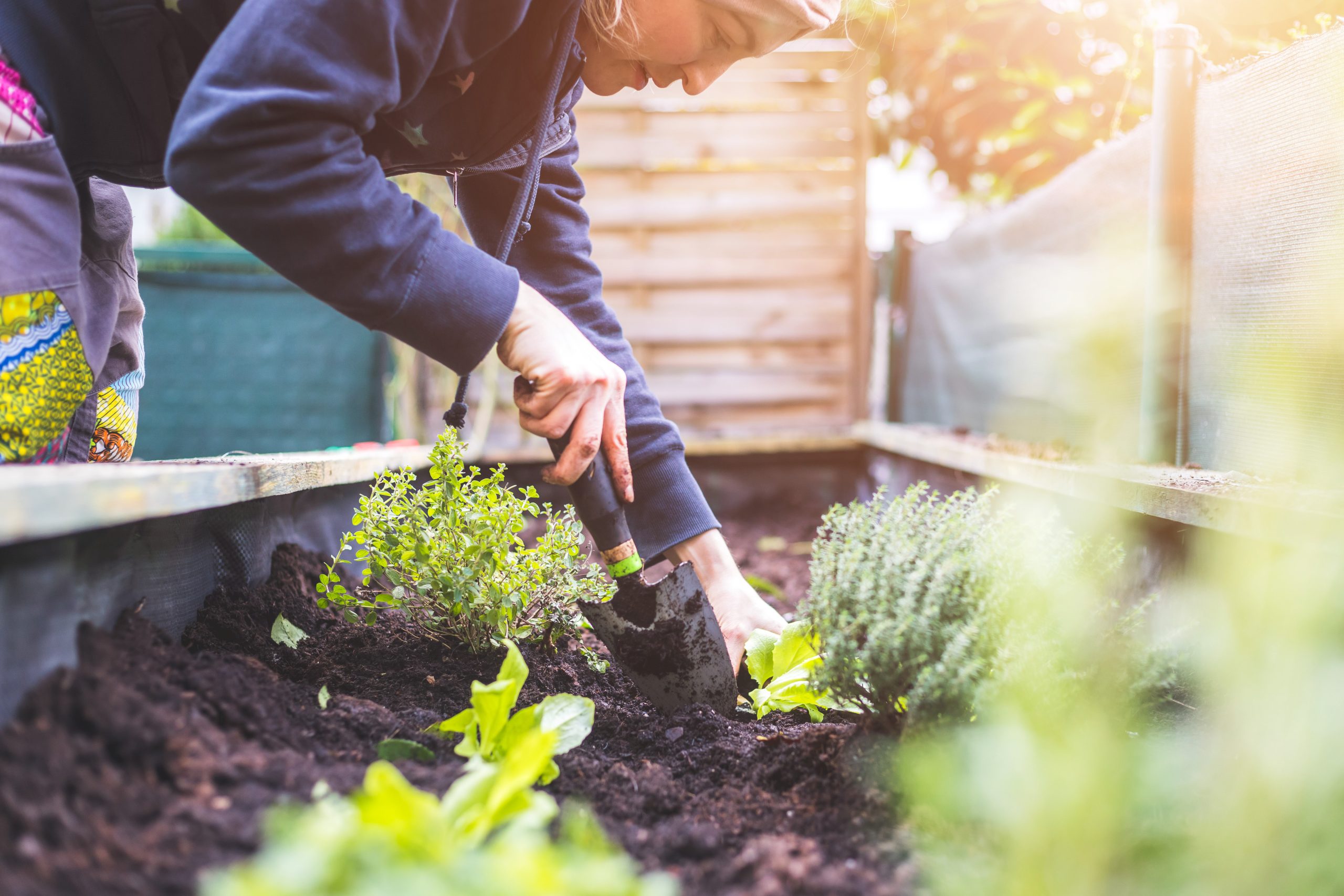How To Make Ericaceous Compost At Home
How to Make Ericaceous Compost at Home
Ericaceous compost is a type of compost that is specifically designed for acid-loving plants. These plants, which include rhododendrons, azaleas, camellias, and blueberries, prefer to grow in soil with a pH of 4.5 to 6.0. Ericaceous compost helps to create this acidic environment, which is essential for the healthy growth of these plants.
Making your own ericaceous compost is a relatively simple process. You will need to gather a few materials, including:
- Brown materials: These materials should be high in carbon and low in nitrogen. Good examples include dead leaves, pine needles, sawdust, and bark.
- Green materials: These materials should be high in nitrogen and low in carbon. Good examples include grass clippings, vegetable scraps, and coffee grounds.
- Acidifying materials: These materials help to lower the pH of the compost. Good examples include sulfur, peat moss, and pine bark fines.
Once you have gathered your materials, you can start to build your compost pile. The ideal ratio of brown to green materials is 3:1. You can also add a small amount of acidifying materials to the pile.
To build your compost pile, start by layering the brown and green materials. You can also add a layer of acidifying materials every few layers. Once the pile is about 3 feet high, you can cover it with a tarp or some other material to keep it moist.
Compost piles need to be moist in order to decompose properly. You should water the pile regularly, especially during hot weather. You should also turn the pile every few weeks to help aerate it and speed up the decomposition process.
It takes about 6 months to 1 year for ericaceous compost to fully decompose. Once it is finished, you can use it to fertilize your acid-loving plants.
Here are some additional tips for making ericaceous compost:
- Choose a shady spot for your compost pile. Ericaceous plants prefer to grow in acidic soil, and sunlight can raise the pH of the compost.
- Shred your materials before adding them to the pile. This will help them to decompose more quickly.
- Add a layer of soil to the bottom of your compost pile. This will help to anchor the pile and prevent it from tipping over.
- If you have a lot of green materials, you can add some wood ash to the pile to help balance the pH.
- Keep an eye out for pests and diseases. Compost piles can attract pests such as rodents and snails. If you see any pests, remove them from the pile immediately.
With a little care and attention, you can easily make your own ericaceous compost at home. This will save you money and give your acid-loving plants the nutrients they need to thrive.
Ericaceous compost is a type of compost that is specifically designed for acid-loving plants, such as rhododendrons, azaleas, and blueberries. It has a pH of between 4 and 5, which is ideal for these plants. If you are planting or transplanting any of these plants, it is important to use ericaceous compost to give them the best possible start.
You can find ericaceous compost at most garden centers and online retailers. However, if you are looking for a more sustainable option, you can also make your own ericaceous compost. There are many recipes available online, but most of them involve mixing together a variety of materials, such as bark, bracken, and pine needles.
Once you have your ericaceous compost, you can use it to plant or transplant your acid-loving plants. Simply add a layer of compost to the bottom of the planting hole or pot, and then plant your plant. Water the plant well, and you should be good to go.
For more information about ericaceous compost, I recommend visiting Garden Wiki. This website has a wealth of information on all aspects of ericaceous gardening, including how to choose the right compost, how to plant and care for acid-loving plants, and how to make your own ericaceous compost.
FAQ of ericaceous compost
- What is ericaceous compost?
Ericaceous compost is a type of compost that is specifically designed for plants that prefer acidic soil. It is made from materials that are high in acidity, such as pine needles, deciduous leaves, and coffee grounds. Ericaceous compost helps to improve the drainage and aeration of the soil, and it also provides essential nutrients for acid-loving plants.
- What plants need ericaceous compost?
Ericaceous compost is ideal for a variety of plants, including rhododendrons, azaleas, camellias, heathers, blueberries, and cranberries. These plants all prefer acidic soil, and ericaceous compost can help to ensure that they get the nutrients they need to thrive.
- How do I use ericaceous compost?
Ericaceous compost can be used in a variety of ways. It can be used to fill new planting beds, or it can be added to existing soil to improve its acidity. Ericaceous compost can also be used as a topdressing, which is a layer of compost that is applied to the surface of the soil.
- How often do I need to use ericaceous compost?
The frequency with which you need to use ericaceous compost will depend on the type of plants you are growing and the acidity of your soil. In general, you should use ericaceous compost once a year or every other year.
- Can I make my own ericaceous compost?
Yes, you can make your own ericaceous compost. To do this, you will need to collect materials that are high in acidity, such as pine needles, deciduous leaves, and coffee grounds. You can then compost these materials in a regular compost bin or tumbler. Once the compost is finished, you can use it to feed your acid-loving plants.
Image of ericaceous compost
Here are 5 different images of ericaceous compost from Pinterest:
- Image 1: A bag of ericaceous compost with the label visible. The label says that the compost is peat-free and suitable for acid-loving plants such as rhododendrons, azaleas, and camellias.
- Image 2: A close-up of the compost, showing the dark brown color and the fine texture. There are small pieces of bark and other organic matter visible in the compost.

- Image 3: A potted plant with ericaceous compost in the pot. The plant is a rhododendron and it is healthy and green.

- Image 4: A garden bed with ericaceous compost. The bed is planted with a variety of acid-loving plants, including rhododendrons, azaleas, and blueberries.

- Image 5: A gardener using a trowel to add ericaceous compost to a potted plant. The gardener is wearing gloves and a gardening hat.


Post a Comment for "How To Make Ericaceous Compost At Home"